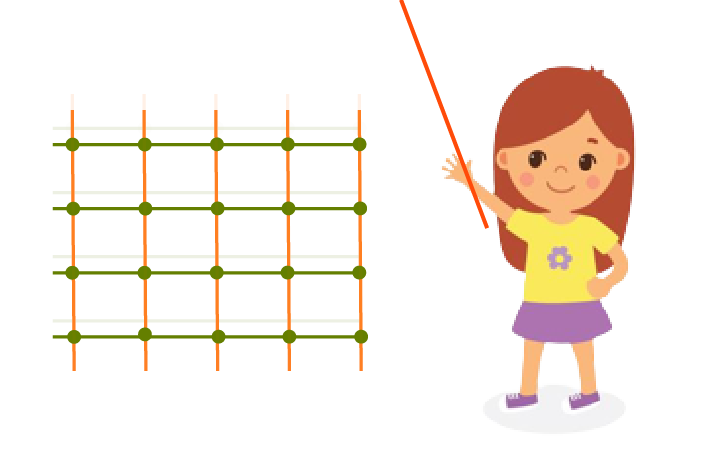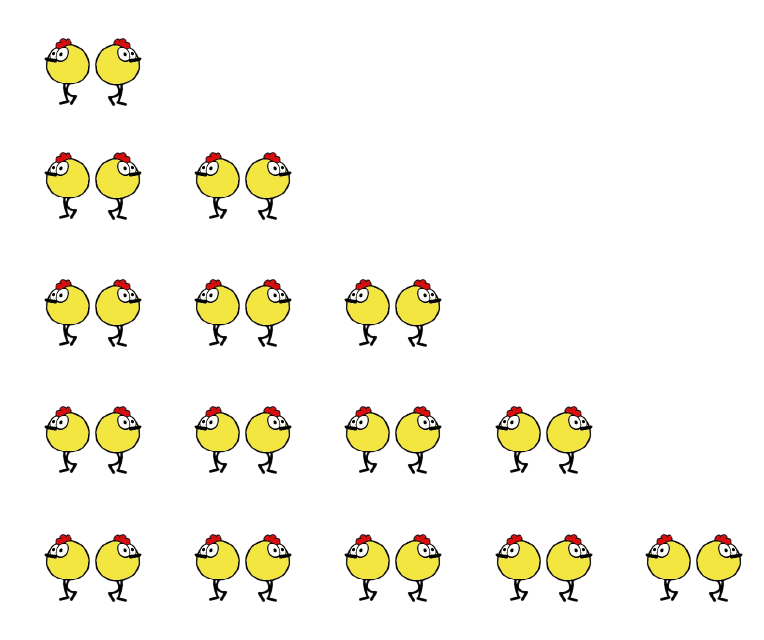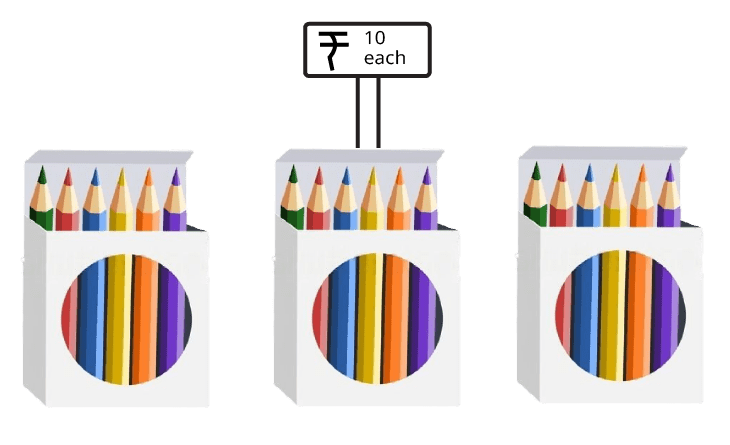Cbse Class 3 Maths Notes Chapter 9 How Many Times
FAQs on Cbse Class 3 Maths Notes Chapter 9 How Many Times
1. How do these revision notes summarise the main idea of Chapter 9, 'How Many Times'?
These revision notes for CBSE Class 3 Maths summarise Chapter 9 by explaining that multiplication is a quick way of doing repeated addition. The notes use simple examples, like counting objects in groups, to show how 'times' means adding a number to itself a certain number of times. This helps in understanding the core concept for a quick revision.
2. What is multiplication as explained for a Class 3 student?
Multiplication is a simple mathematical operation used when you need to add the same number repeatedly. For example, instead of writing 4 + 4 + 4, you can simply write 3 times 4, which is 3 x 4 = 12. These notes explain this concept using fun pictures and easy-to-follow stories.
3. How do multiplication tables help in revising this chapter?
Multiplication tables are a key tool for this chapter. They are a ready-made list of answers for repeated additions. By learning the tables, you can find the product of two numbers instantly without having to add them over and over again. These revision notes emphasise using tables to solve problems faster.
4. Why is it important to learn multiplication instead of just using repeated addition?
Learning multiplication is important because it is much faster and more efficient than repeated addition, especially with bigger numbers. Imagine adding the number 8 twenty times; it would take a long time and you might make a mistake. With multiplication, you can just calculate 8 x 20. It helps build a strong foundation for future maths topics.
5. What are the key terms to remember from the 'How Many Times' revision notes?
For a quick revision of this chapter, you should focus on these key terms:
Times: Refers to how many repetitions of a number are being added.
Multiplication (x): The process of repeated addition.
Product: The final answer you get after multiplying two numbers.
Repeated Addition: Adding the same number again and again.
6. How is skip counting (e.g., 2, 4, 6, 8...) related to the concepts in this chapter?
Skip counting is the secret behind multiplication tables. When you skip count by 2s, you are actually listing the answers of the 2-times table (1x2=2, 2x2=4, 3x2=6). It is a practical way to see the pattern of repeated addition. These notes help you see this connection to make learning tables easier.
7. How do the examples in these revision notes help me prepare for tests?
The revision notes use visual examples, like rows of flowers or legs on spiders, to turn abstract maths into real-world scenarios. This helps you understand how to read a word problem and figure out which numbers to multiply. By revising these examples, you can quickly recognise the types of questions that might appear in an exam.
8. What is a common mistake to avoid when learning concepts from 'How Many Times'?
A common mistake is getting confused between addition and multiplication signs in word problems. For example, '4 more than 3' means 3 + 4, but '4 times 3' means 3 x 4. Always read the question carefully to see if you need to add once or do a repeated addition (multiplication). These revision notes provide clear examples to help avoid this confusion.




















